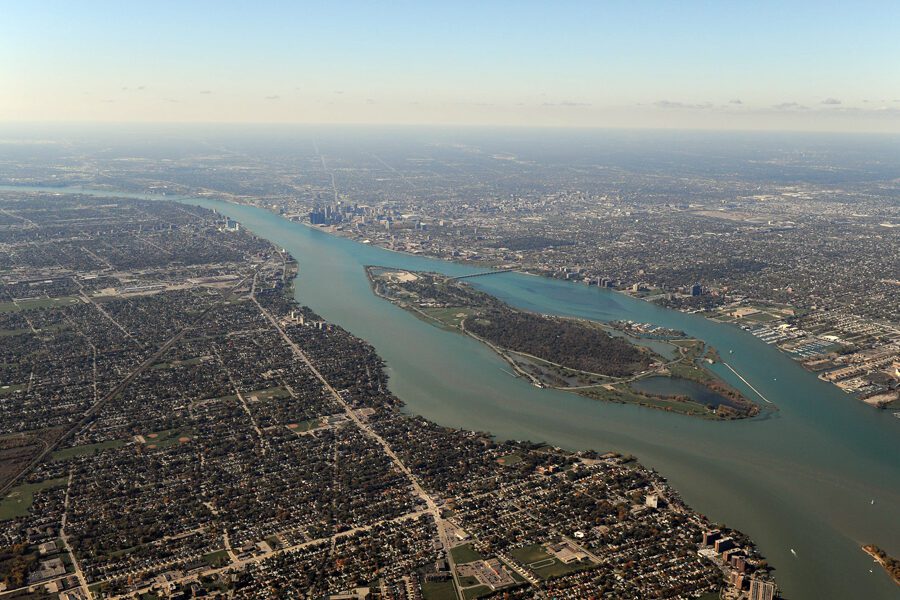Keslacy receives honorable mention for best paper delivered at SAHANZ
Ph.D. in Architecture candidate, Elizabeth Keslacy, has received an honorable mention for the best paper delivered at the 2014 Society of Architectural Historians of Australia and New Zealand (SAHANZ) Annual Conference.
The paper titled, A Question of Category: Translations between the Decorate Arts, Architecture, and Design at the Birth of the Cooper-Hewitt (1963-1976), is summarized as follows:
While most accounts of translation are concerned with the transposition of a stable content from one form to another, it is also important to consider the translation that occurs when a new conceptual or interpretive lens comes to replace another with respect to a stable set of objects. Such a translation occurred at the founding of the Cooper-Hewitt National Design Museum in which the historical decorative arts collection was recast through the new category of design. In the mid-1960s, the Cooper Union reassessed its collection held in the school’s Museum for the Arts of Decoration and ultimately found that the collection no longer served its pedagogical aims. The museum was shuttered in 1963, its future uncertain, until the Smithsonian agreed to absorb the collection, moving it from the school to its new home in the Carnegie Mansion in New York City in 1970. The Cooper-Hewitt opened in 1976 with an inaugural exhibition designed by Austrian Postmodern architect Hans Hollein entitled “Man TransFORMS.” Hollein’s proposal reflected the institution’s new orientation by re-reading the existing collection of decorative arts as a corpus of designed objects and reframing them as quotidian and populist. In Hollein’s hands, the rarified collections of lace, embroidery, furniture, architectural fragments and sculpture were joined by collections of everyday objects such as hammers and loaves of bread in order to emphasize the abundance of variation within established types that exemplified this conception of design. The history of the Cooper-Hewitt, the “MAN TransFORMS” exhibition, and its attendant publications allow us to understand what was at stake in this reconceptualization of a huge realm of human cultural production, as well as to examine architecture’s status, roles, and affiliations therein.
The 2014 Society of Architectural Historians of Australia and New Zealand Annual Conference, themed ‘Translation’, was held July 2-5 2014 in Auckland, New Zealand. Visit the website for more information on the event.






